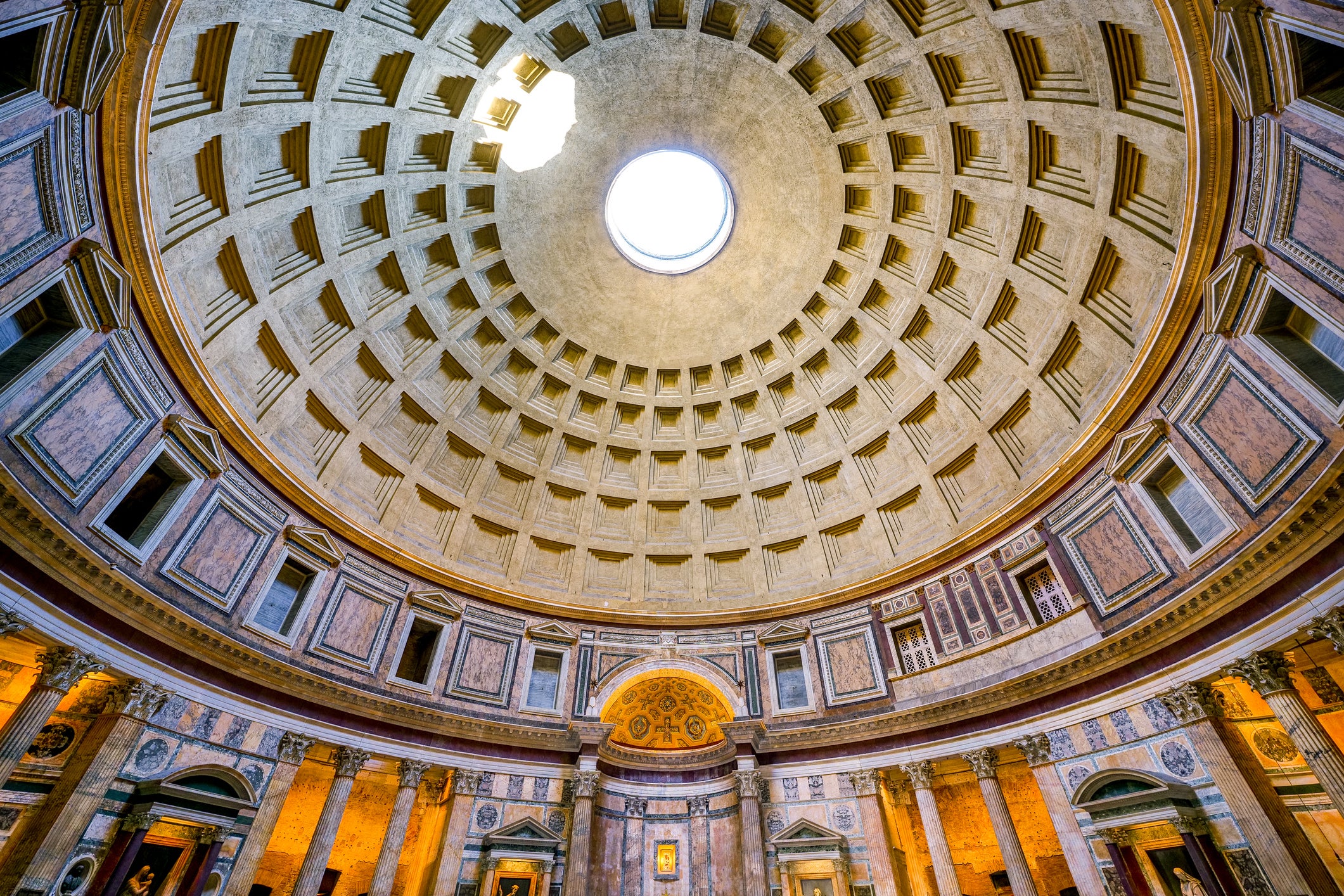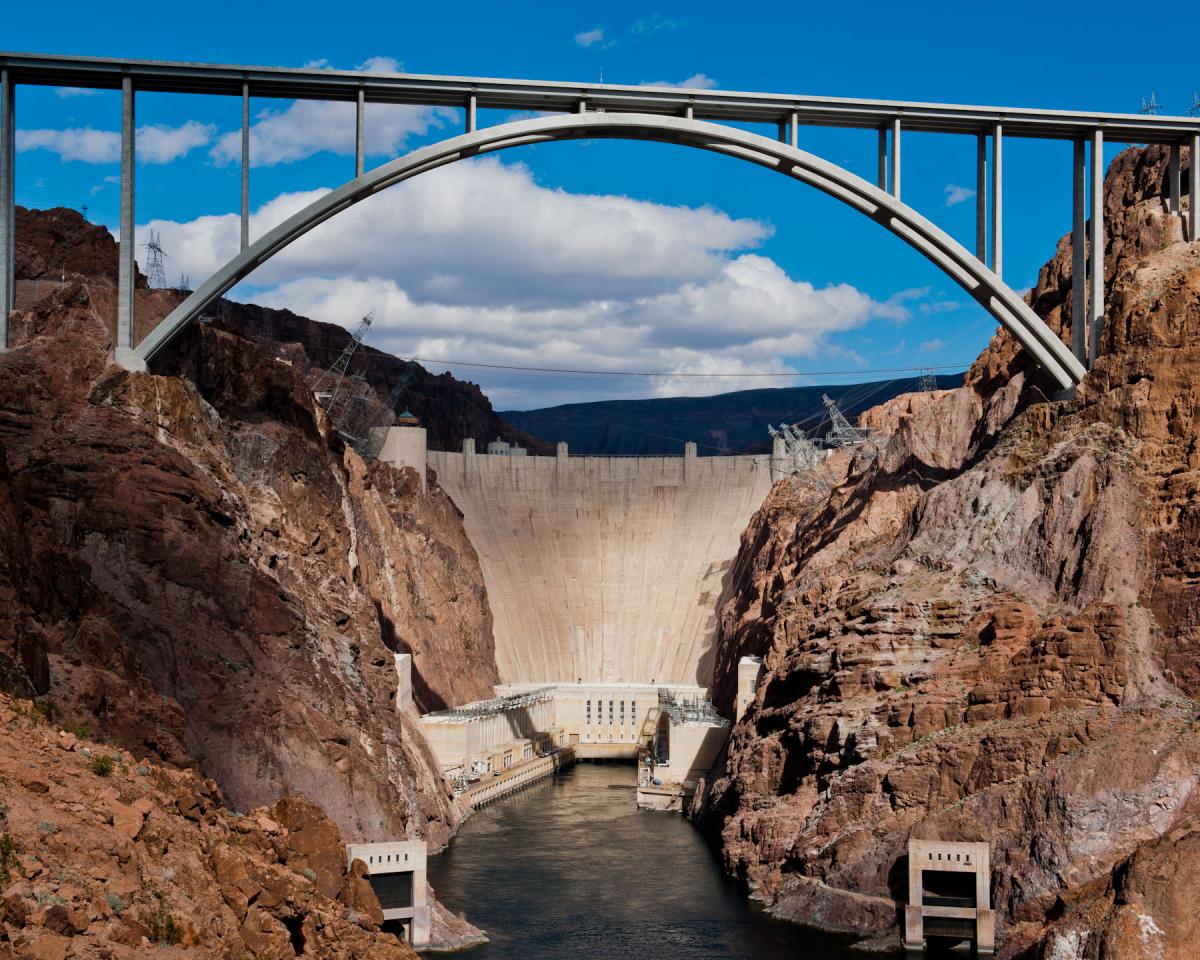Rome still wins for creating amazing structures made of concrete without metal to further support it - our projects all use metal in combination with concrete, and thus the "superiority" cannot be attributed to the concrete alone. The metal bears more of the brunt and has allowed us to span longer distances, and not need pillars etc. So if metal reinforced concrete is what you consider "superior" concrete, then yes, but the concrete, the stone and sand and binding agents on their own, no, are not superior to the ancients concrete. They have different applications mostly but it's rock vs rock.
Also many of their structures were not made over generations, but within a few years or decades - for example the parthenon, admittedly created with stone and not concrete, only took 9 years to build, and has took us far.. far longer to replicate because we lack their precision - we had to rediscover and replicate their tools because ours were not precise enough and replicate things in ancient ways, rediscovering lost techniques. Modern isn't always superior. Sometimes the past created things that were superior to what we even in modern times can create. Craftsmanship tends to be one thing that was superior in the past simply due to more widespread knowledge that was in later generations lost and then had to be slowly rediscovered through intense research into the past. I think it's silly to think just because something is old that it's "primitive" - there were leaps and bounds made in ancient times - the roman aqueducts being one, some surviving to this day, and those that didn't often being because of sabotage, not time.
It's not the concrete itself that is superior - the concrete often cracks and chips away - just look at the bridge supports in toronto and the skyway bridge - that isn't "superior" concrete - its the introduction of metal support within the concrete that makes us able to build stronger, taller, bigger, but that very addition of metal means that over time they most likely will not last as long as time affects the metal, whereas with ancient roman concrete, time only strengthens it.
Without human intervention in 1000 years most of our structures will have collapsed as the metal slowly rusts and expands and contracts within the concrete, cracking it and causing chunks to fall off. Roman structures made of concrete, while perhaps weathered, were still standing during that time period. We can create grander higher and longer structures yes, but they will not last as long.


